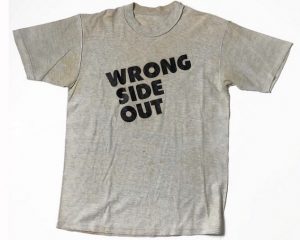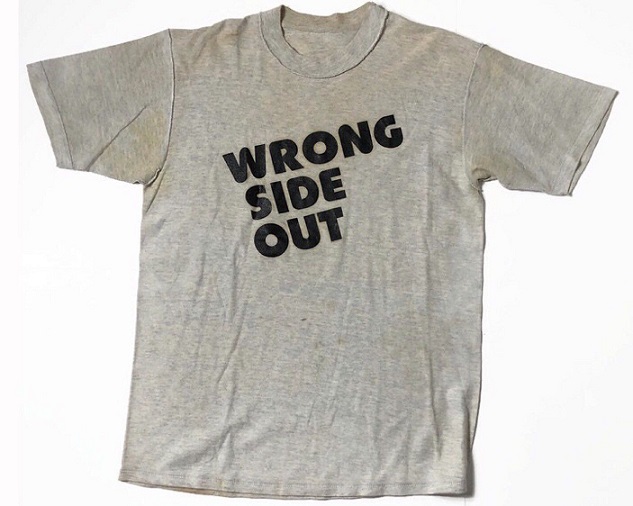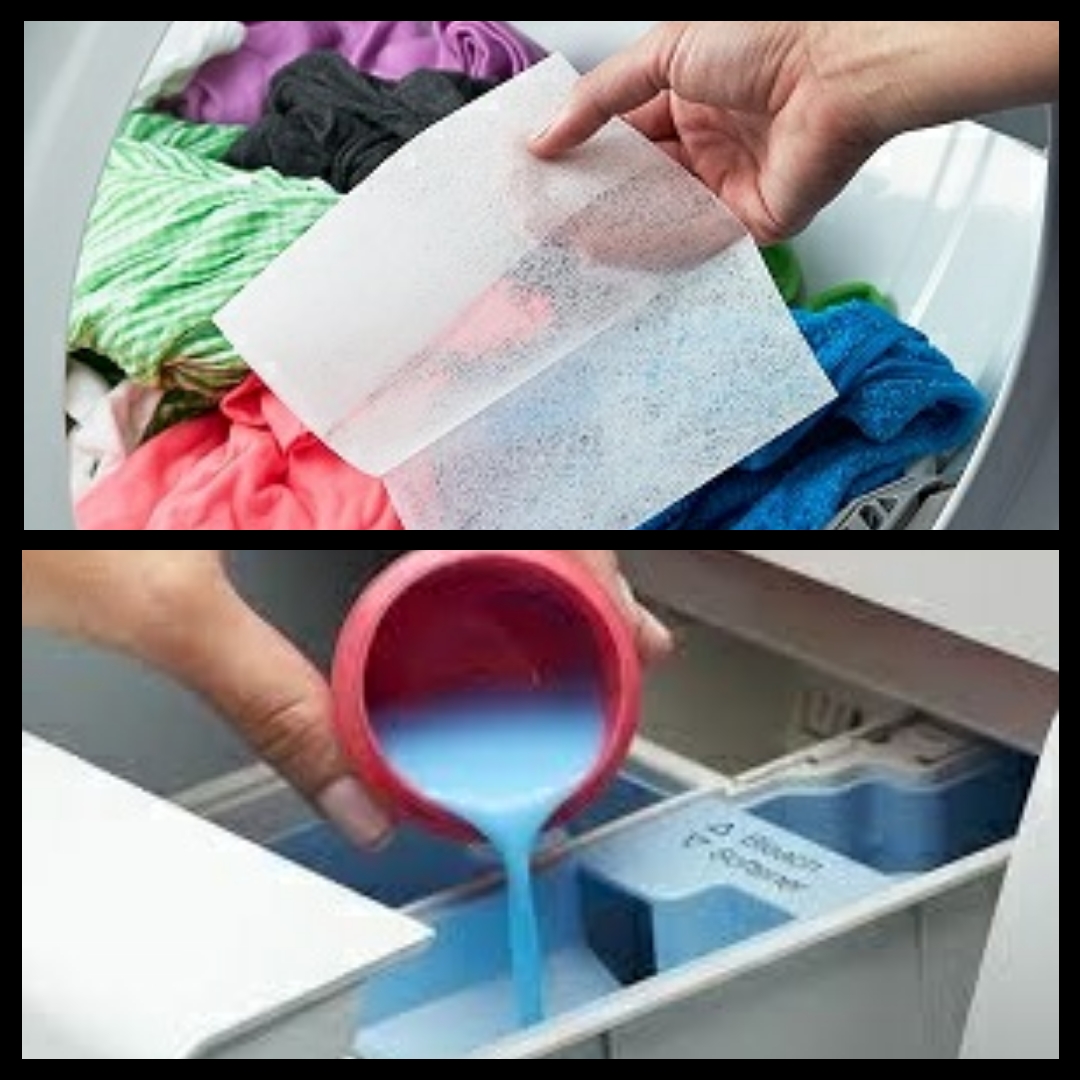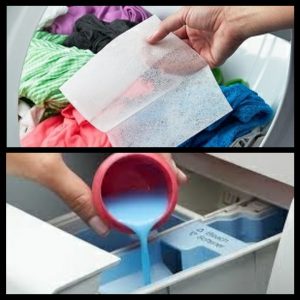

As the primary laundry caretaker in our home I understand the frustration of having to turn clothes right side out while folding them. However, there are particularly good reasons for washing them wrong side out.
1) When you turn the garments wrong side out all the wear & tear of washing is done on the inner side & does not affect the outside (right side) of the garments. If fading occurs, it’s also on the inner side, therefore, leaving the right side looking new.
2) All the buttons, rivets, sequins etc. on the right side of the garment don’t undergo the friction during washing.
3) Turning wrong side out also helps when targeting tough spots on collars and cuffs. These areas get a better scrub during the washing process resulting in better cleaning of these areas.
4) Color fast fabrics can cross stain during washing. Turning the garments wrong side out can help to avoided or minimize this from happening.
5) As the garments rub against each other during washing it creates friction. Friction results in fuzziness and pilling (those pesky lint balls that form on fabric) – washing them wrong side out prevents this from happening.






